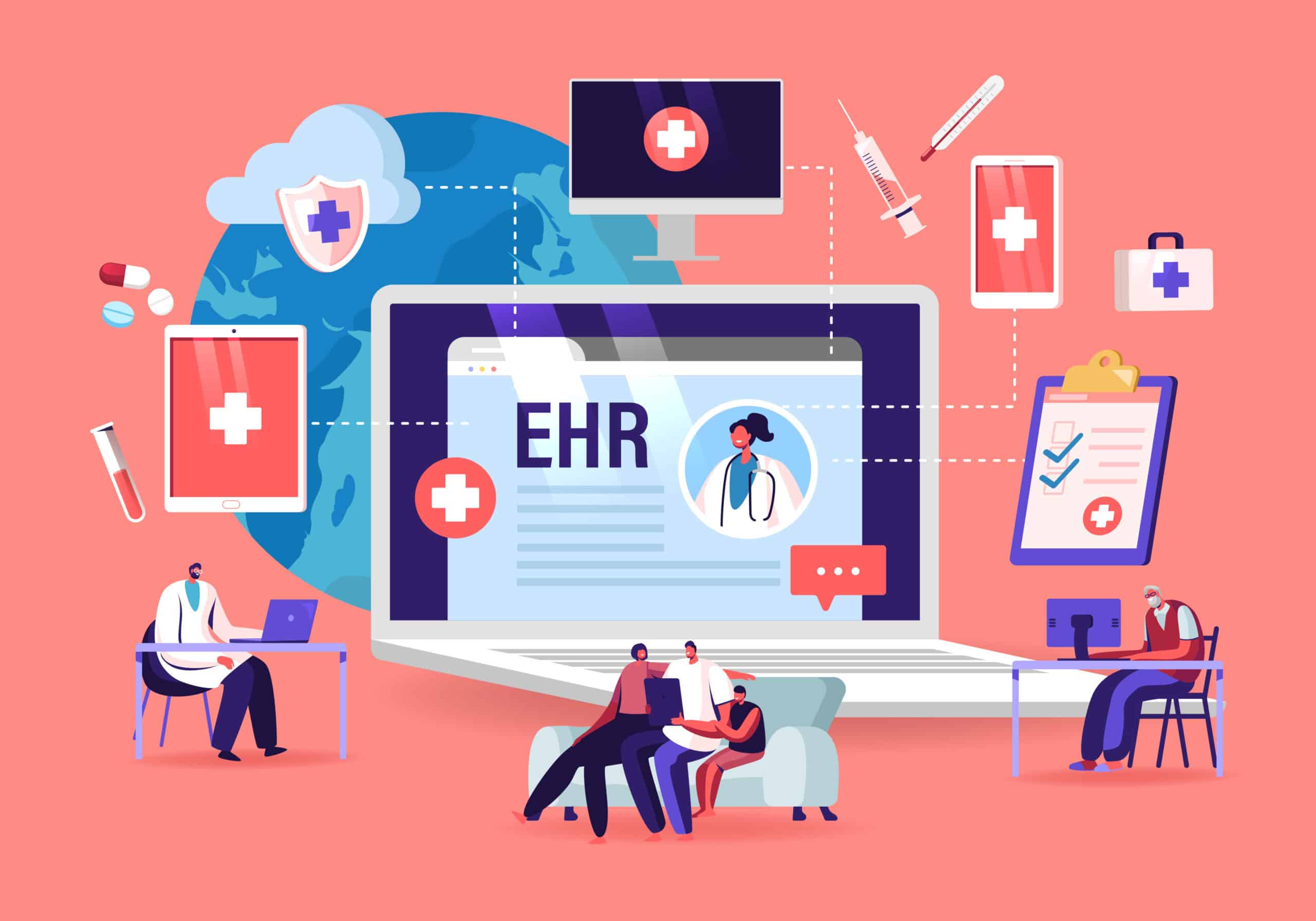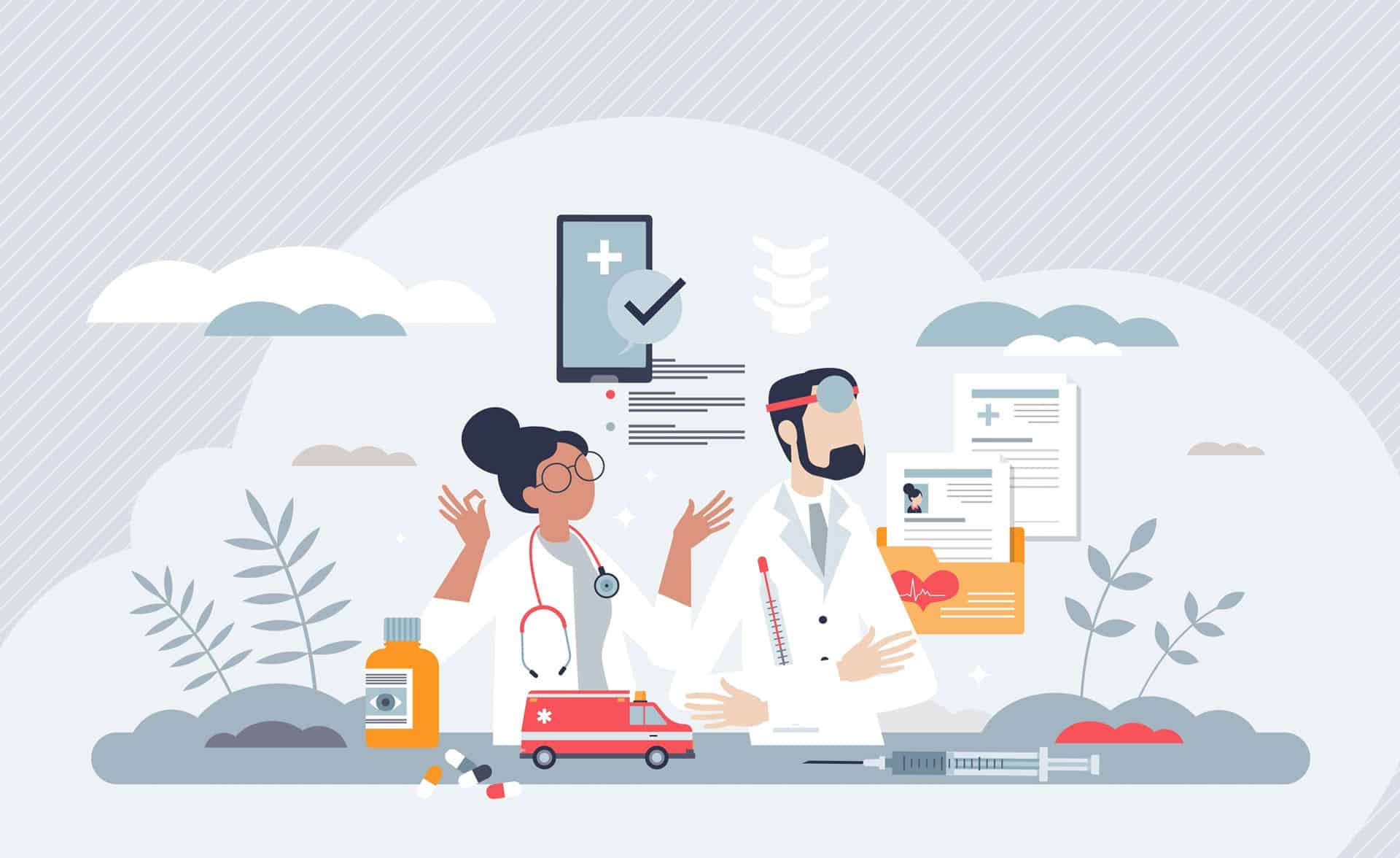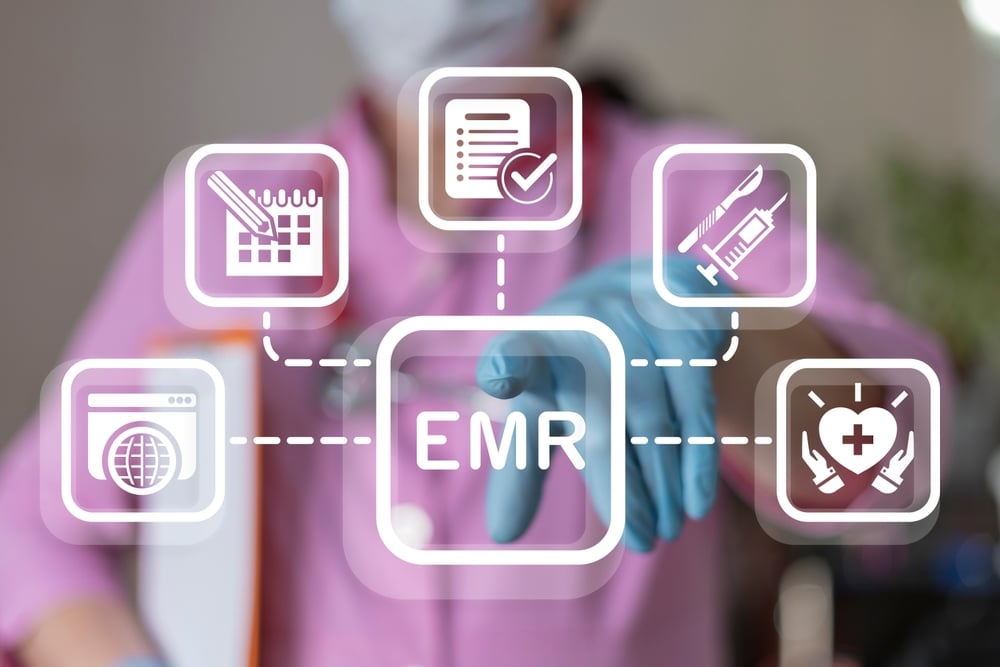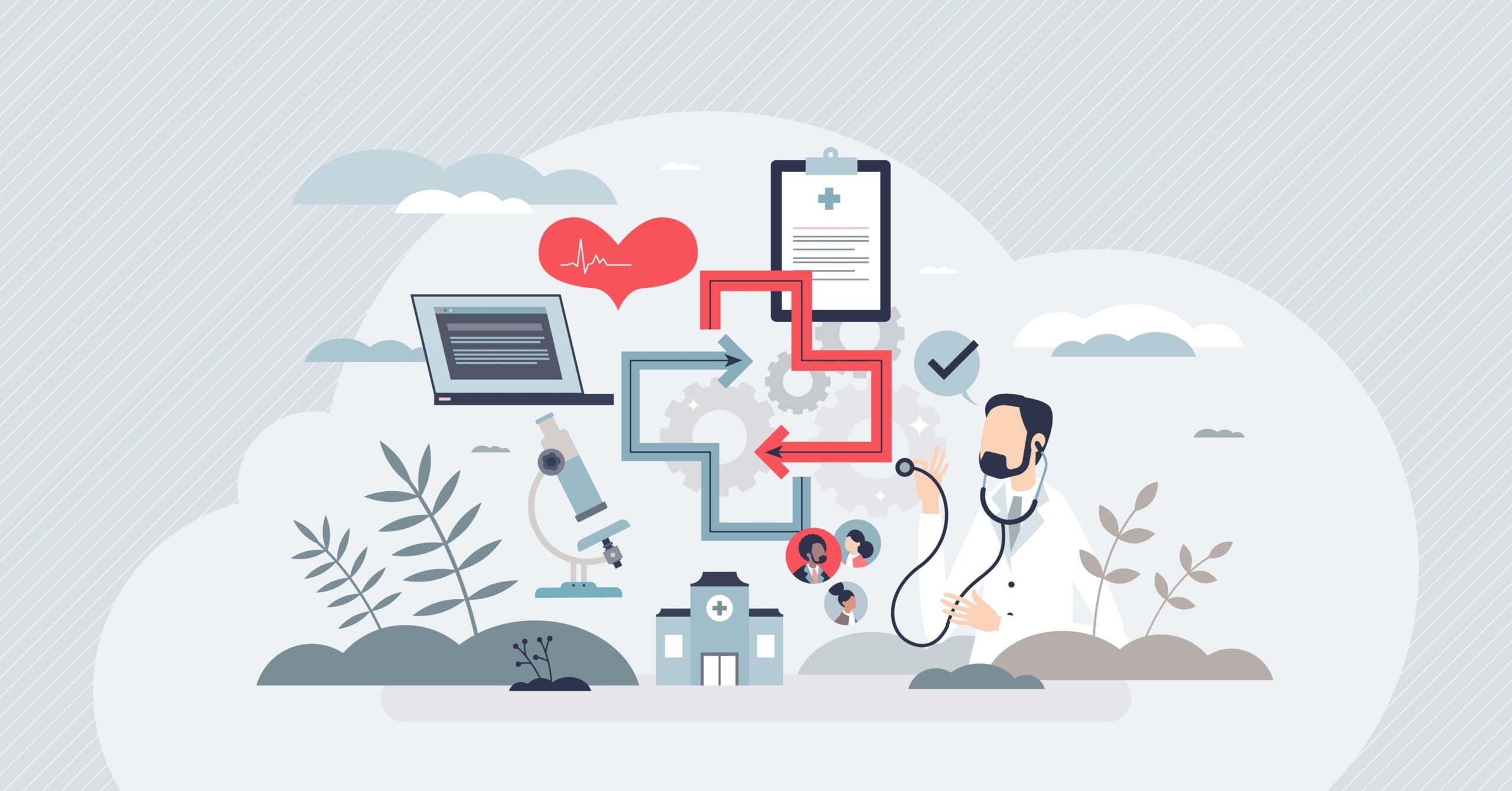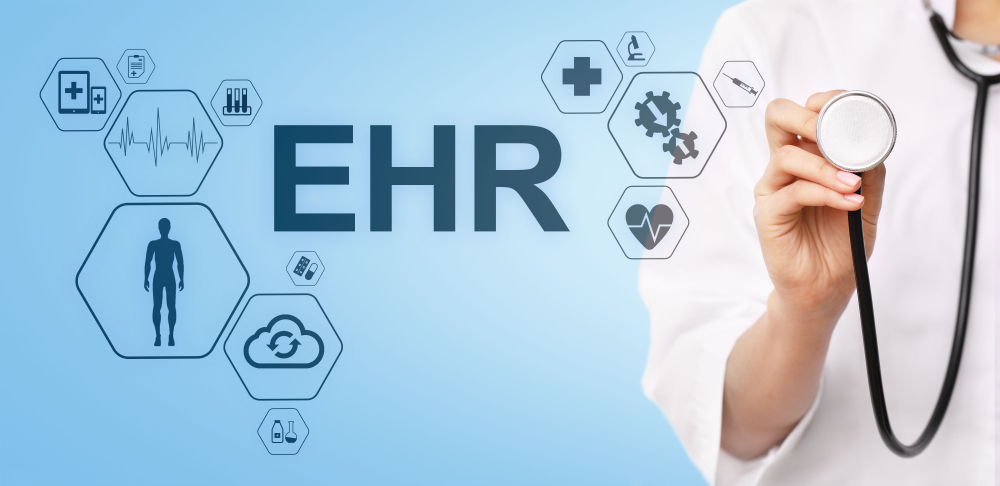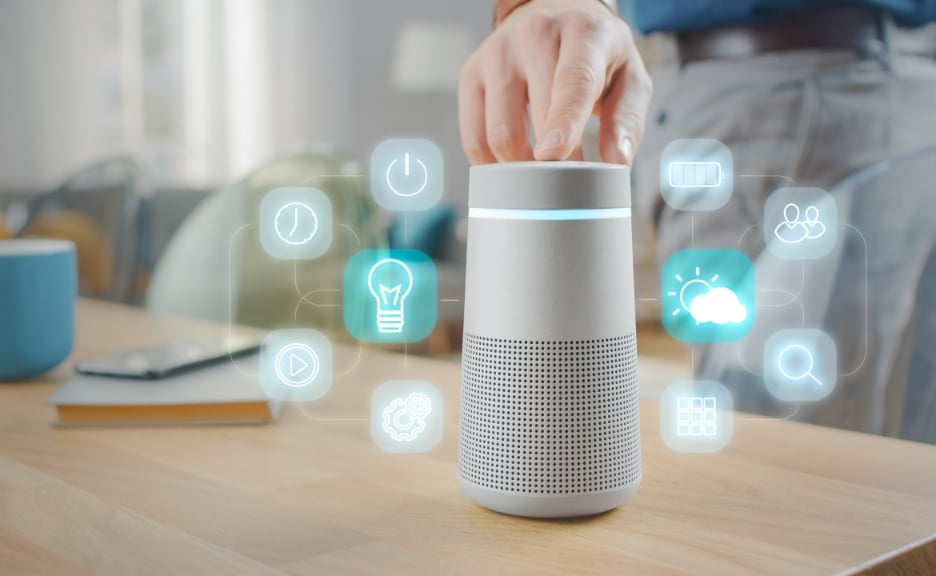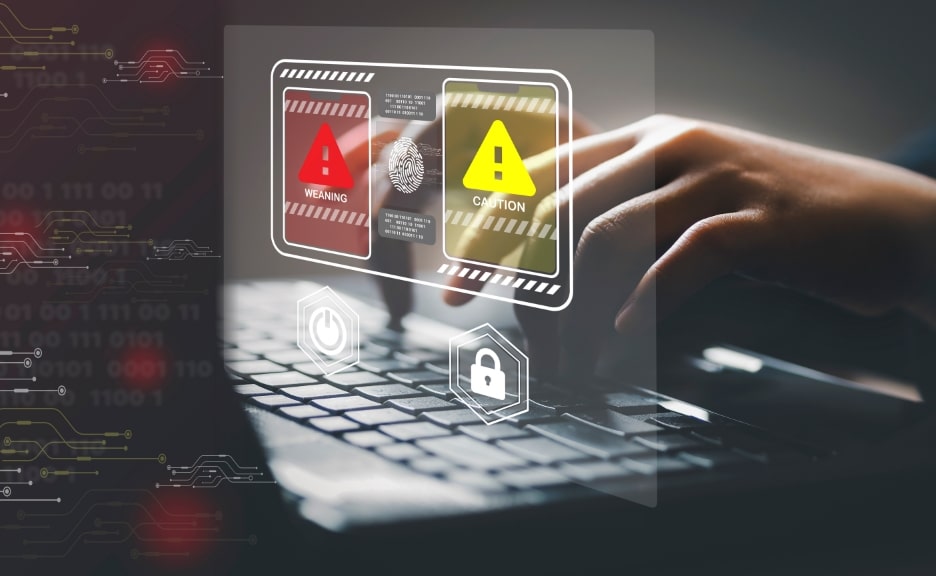
Behavioral health providers want the same thing every care team wants: more time with clients, less buried in paperwork. Yet the general-purpose electronic health records (EHRs) that many small practices adopt weren’t created with therapy-first workflows in mind. Instead, they were designed for structured data like billing codes and compliance checkboxes, not the long-form narrative notes clinicians rely on. This makes them largely unhelpful to many therapists and social workers.
Purpose-built mental-health EHRs do exist, but they present their own challenges, like steep price tags, long onboarding times, and limited interoperability. Most solo or small-group clinics simply don’t have the budget or IT staff to roll out a brand-new platform.
Fortunately, behavioral health teams don’t need to replace their EHR to reduce their administrative burden. What they do need are tools that actually reflect how they deliver care and facilitate communication with other EHRs. Practical, affordable solutions that support documentation and care coordination can go a long way in bridging the gap.
Why EHRs Fall Short
The EHR options available to small behavioral health teams solve billing challenges but present a number of administrative headaches, particularly around referral visibility. General-purpose platforms lean toward hospital workflows, while the few mental-health-specific systems on the market don’t speak the same language as Epic, Meditech, or other big-system EHRs.
The result is a predictable one: Vital details are spread across systems, while the nuance and teamwork mental healthcare relies on disappear.
Here’s how that shows up in practices on a daily basis:
They Don’t Capture Nuance
Therapists have a lot to keep track of: patients’ trauma history, family dynamics, mood shifts, sleep patterns, and evolving care plans. These topics are nuanced and usually interconnected. Trying to reduce them to discrete data points can flatten the full picture of a client’s experience.
That’s why long-form notes are the backbone of behavioral health documentation. They allow providers to capture the flow of a session in context — not just what was said, but how it was said, and what it might mean going forward.
Most general-purpose EHRs, though, revolve around billing codes and tight character limits. Because these systems lack the functionality they need, most small behavioral-health practices decide to skip them altogether. Just six percent of behavioral health facilities and 29% of substance-use treatment centers have adopted an EHR, compared to 80% of hospitals.
With so little room for nuance, clinicians fall back on workarounds like scanning handwritten notes as PDFs or saving Word documents to their desktops.
These workarounds create problems down the line. For example, imagine a therapist uploads a scanned note after a session with a high-risk client. A week later, the client is in crisis, and a covering provider needs context fast. Instead of instantly pulling up the client’s history, they’re forced to hunt through file attachments to find the right one. Precious time is lost, and care suffers.
Offline file storage also introduces privacy and compliance concerns. Paper charts left on a desk or progress notes saved to an unencrypted laptop can expose personal health information (PHI), triggering HIPAA violations and costly fines. “Unattended paperwork” is cited among the most common breaches in healthcare.
They Lack Collaboration Support
Fragmented clinical documentation hurts collaboration, too. Behavioral health clients often receive care from multiple parties: a therapist, a psychiatrist, a primary care provider (PCP), and potentially more. Each plays a different role, and they all need full visibility into a patient’s history to maintain continuity of care.
Most EHRs aren’t up to this task:
- Referral tools are clunky. Generating a referral can require clicking through half a dozen pages, then manually faxing a printed-out form. Plus, these systems rarely confirm receipt of the referral, forcing staff to chase down specialists by phone or email.
- Appointment statuses don’t update automatically. Once a referral leaves the building, visibility becomes murky at best.
- When consult notes arrive, they’re often siloed or buried in attachments no one can easily find. When a specialist does finally send back a report, it usually arrives as a scanned PDF or fax image.
So, care teams patch together the process themselves. They fax referrals, leave voicemails, and send follow-up emails, all without confirmation that the message got through.
For example, imagine a therapist faxes a referral to a consulting psychiatrist so the client can be evaluated for medication. Days pass with no confirmation. The therapist leaves a follow-up voicemail and assumes the handoff went through. The patient makes the same assumption, until weeks later they learn no appointment was ever booked. By the time the psychiatrist finally sees them, symptoms have flared and care is already behind.
Unfortunately, referral gaps like these are the norm. Nearly half of specialist referrals never result in a completed visit.
Patients bear the brunt of the impact of these communication breakdowns, especially those with complex needs or chronic conditions. They face an uphill battle as-is: Long wait times and insurance hurdles can make navigating the healthcare system exhausting. When follow-ups slip through, it’s one more obstacle in a system that already feels hard to navigate.
Why Replacing An EHR Isn’t the Answer
Many believe the optimal solution is an EHR upgrade. Why not just find a new system that has the kind of functionality behavioral health clinicians need?
For small to midsized practices, this is neither practical nor effective. A new platform comes with hefty costs associated with retraining staff and operational disruptions. Even if they have the budget and patience for a full rip-and-replace, a new EHR likely won’t fix the core issues holding behavioral health clinicians back. Unless every provider they work with is on the same system, missed communications will be inevitable.
A better approach is to add what’s missing. Purpose-built workflow tools can sit alongside your existing EHR (or even paper charts) and fill the gaps without forcing a full system overhaul.
What Purpose‑Built Workflow Tools Add
A modern cloud fax and secure‑messaging platform, such as eFax Unite™, tackles three stubborn problems at once by providing:
- Reliable document delivery. Send and receive faxes or direct secure messages straight from a browser with automatic delivery receipts.
- Real‑time referral status. Dashboards flag any referral that hasn’t been scheduled or closed so staff can intervene before clients fall through the cracks.
Clinics don’t have to change their existing EHR or give up paper notes. Instead, they get a shared digital inbox where all of their communications — faxes, direct messages, scanned packets, even patient portal uploads — land in one place, ready to route or review.
Here’s what that could look like in practice:
A social worker sees a client with depression and uncontrolled diabetes. After the session, the therapist writes a long-form note, scans it, and uses eFax Unite to send it directly to the client’s PCP and endocrinologist.
Two days later, the PCP’s office still hasn’t followed up. The referral is still marked as “open,” meaning the PCP hasn’t confirmed the handoff. A front-desk team member sees the alert and calls the PCP’s scheduler to confirm the transfer.
When the endocrinologist sends back a consult note, it arrives in the same shared inbox. The therapist sees the update well before the patient’s next session without having to dig through any files.
That’s how a purpose-built tool helps clinicians stay focused on care.
Keep the EHR, Fix the Workflow
Behavioral health providers don’t need a system overhaul. They need a way to make what they already have work better. The right add-on should let them pull a patient’s medical info directly from their PCP via the Carequality network and track any subsequent referrals in one place.
Solutions like eFax Unite complement your EHR, giving teams a reliable, centralized way to send, receive, track, and route documents. If you’re ready to get more referrals across the finish line, request a demo of eFax Unite today.





